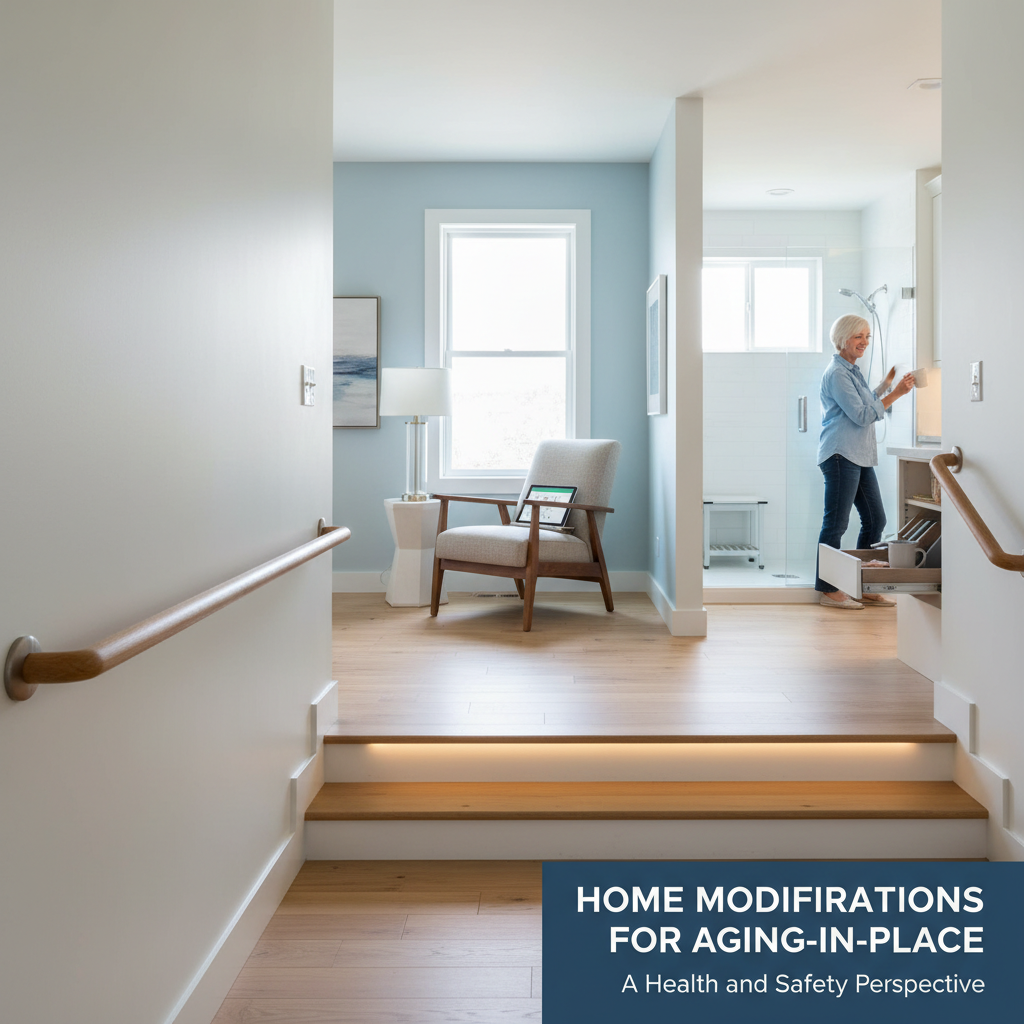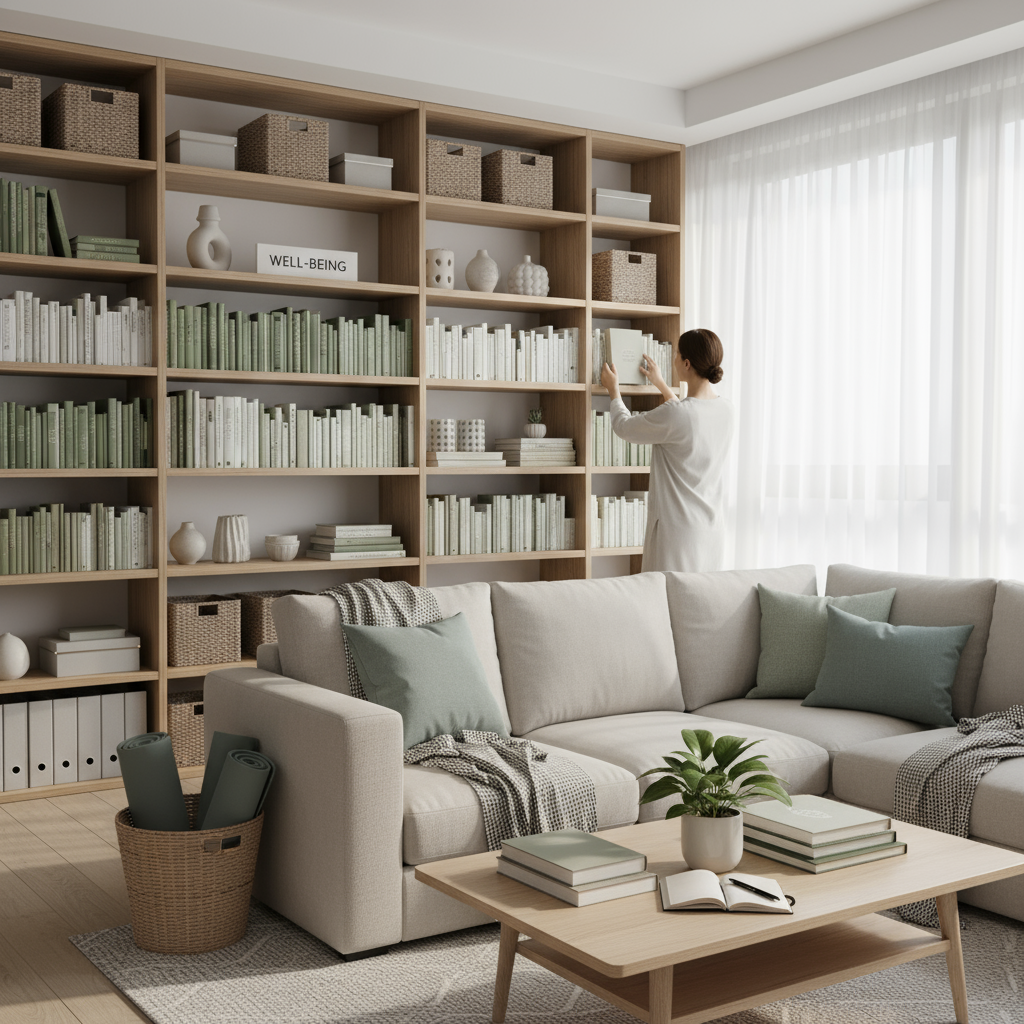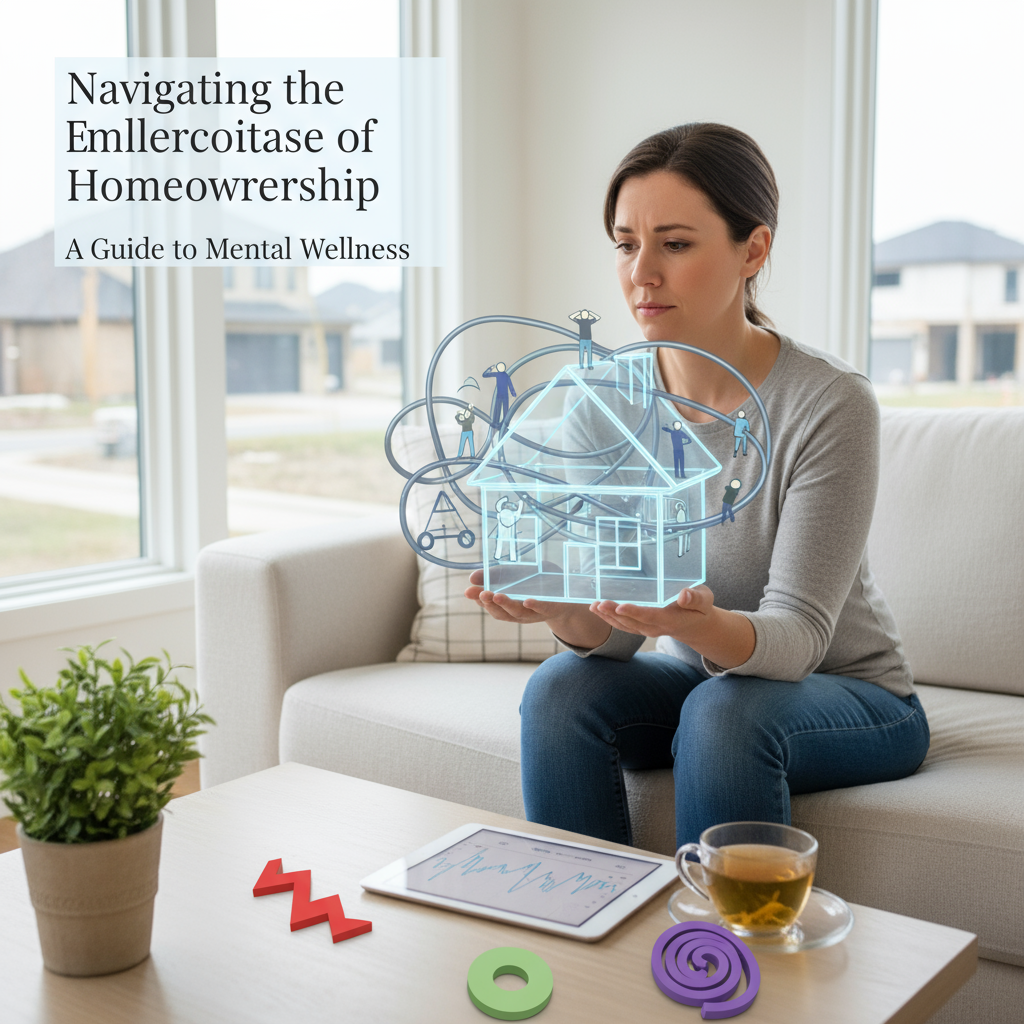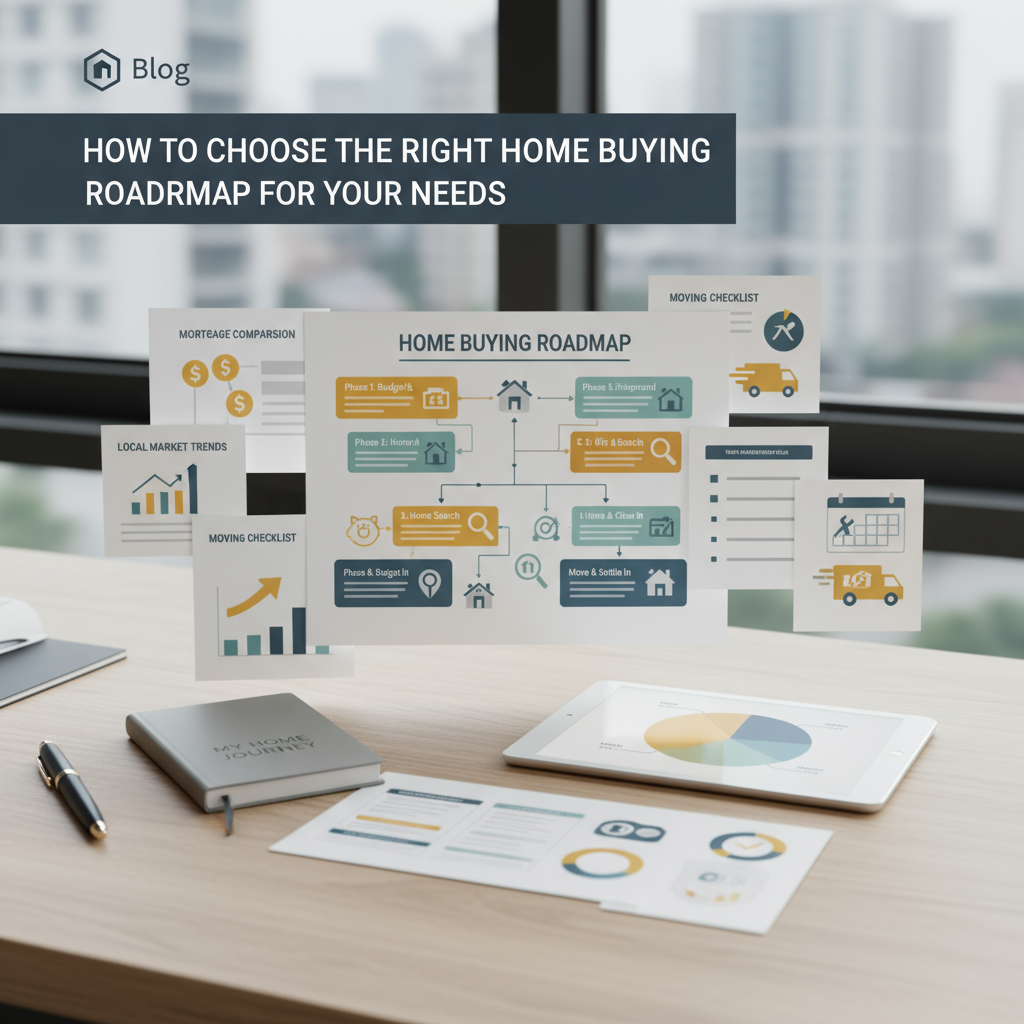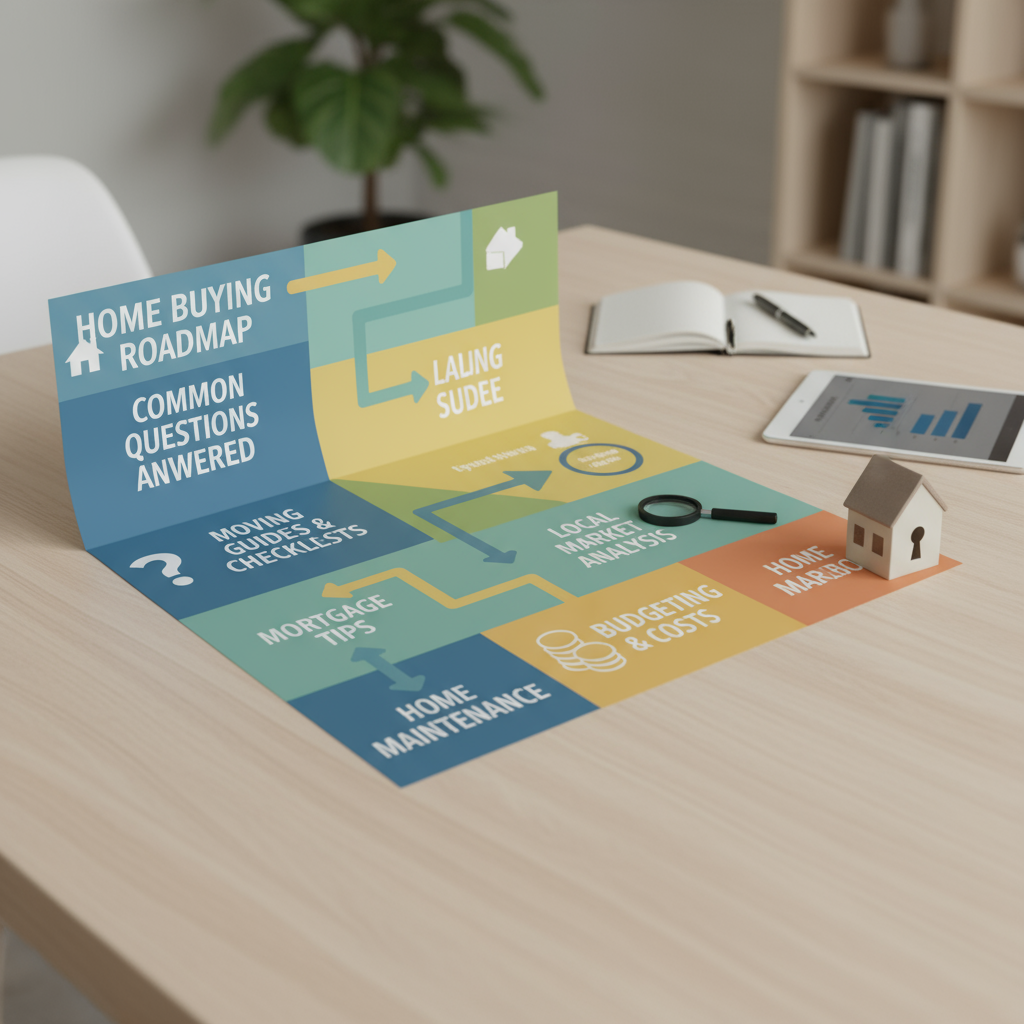This is for homeowners, caregivers, and older adults planning to stay in their homes as they get older — worried about falls, losing independence, steep renovation costs, and confusing accessibility options — and our occupational therapists and licensed contractors can guide you with practical, safety-first home modifications and step-by-step plans that match your health needs and budget. Learn more about emotional well-being during this transition.
Top 10 home modifications for aging in place (health and safety focused)
-
1. Zero-threshold entry and gentle ramps
Why it matters: Trips happen at thresholds. A smooth, zero-threshold entry removes a common fall risk and makes coming and going easier for walkers and wheelchairs. I've seen a single threshold change prevent repeated ER visits.
How to do it: Replace raised sills with flush thresholds or install a low-slope ramp. Expect around $1,200 for a modest ramp installation (materials plus labor). Call a contractor who specializes in accessibility or a local aging-in-place program.
-
2. Grab bars where balance matters most
Why it matters: Bathrooms are high-risk. People slip while transferring, standing, or reaching. Put bars where you actually need them, not just on the wall where they look neat.
How to do it: Mount at least two 18- to 36-inch bars—one near the toilet, one in the shower—anchored to studs. Installed grab bars cost about $75 each. Occupational therapists can recommend precise placement (I've helped clients move a bar 6 inches and it made a world of difference).
-
3. Walk-in shower with built-in bench and handheld shower
Why it matters: Stepping over tubs causes hundreds of falls every year. A curbless shower plus seating reduces strain and keeps independence.
How to do it: Convert the tub to a curbless shower, add a fold-down bench, and install a handheld head with a slide bar. Mid-range remodels average about $4,200. Get a licensed plumber and a contractor experienced with ADA-style layouts.
-
4. Non-slip flooring and threshold transitions
Why it matters: Hard floors can be slippery when wet; deep pile rugs trip people. I recommend low-profile, slip-resistant flooring in wet areas and firm, low-pile carpets elsewhere.
How to do it: Choose slip-resistant vinyl or textured tile rated for wet areas; expect about $3 per square foot for materials. Avoid loose rugs or secure them with grippers.
-
5. Brighter, layered lighting and motion-activated night lights
Why it matters: Vision changes with age. Shadows and glare both trip people. Good lighting reduces mistakes and anxiety at night.
How to do it: Install 500-lumen LED task bulbs in key spots, add under-cabinet lights, and motion sensors in hallways and bathrooms. A small smart lighting kit starts at $150. Pro tip: use warm-color LEDs to avoid harsh glare.
-
6. Stair solutions: handrails, improved treads, stairlift or residential elevator
Why it matters: Stairs are a major barrier. If going up and down is becoming risky, fix the path or avoid stairs altogether.
How to do it: Add sturdy handrails on both sides, increase tread depth and add anti-slip nosing. For long-term needs, a stairlift costs about $3,500, while a residential elevator runs about $25,000. Assess mobility now, not later.
-
7. Lever door handles and single-lever faucets
Why it matters: Arthritis makes knobs painful. Levers reduce grip force and make daily tasks simpler.
How to do it: Replace round knobs and two-handle faucets with ADA-style levers. Typical install is about $150 per fixture. This is a low-cost, high-impact upgrade.
-
8. Wider doorways and clear paths (accessibility by design)
Why it matters: A wheelchair or rollator needs space. Narrow doors and cluttered halls force risky maneuvers and quick turns.
How to do it: Aim for a minimum clear width of 32 inches, 36 inches if you can. Re-frame doors or remove unnecessary doors to create continuous, 36-inch pathways where possible. Contractors and remodelers can evaluate load-bearing walls and give a plan.
-
9. Smart-home safety tech
Why it matters: Technology can detect problems before they become emergencies. Falls, CO leaks, and medication misses get flagged sooner.
How to do it: Use voice assistants, smart sensors that detect falls, automated lighting, and medication reminders. Starter systems with fall detection start at $150. It's not about gadgets, it's about reliable monitoring that respects privacy.
-
10. Bedroom on the main level or convert a first-floor space
Why it matters: Eliminating stairs for sleeping and bathing keeps you safer and more independent. I've seen families postpone nursing moves once they created a main-floor suite.
How to do it: Convert a living room or add a main-floor master with a nearby bathroom. Typical conversion costs about $9,000 depending on scope. Prioritize a path to a bathroom with grab bars and good lighting.
How much do home modifications for aging in place cost?
Short answer: it varies by scope, but you can make impactful changes for as little as $150 and bigger projects around $9,000 to $25,000. Why? Because upgrades range from smart sensors to major remodeling like elevators. Start with low-cost, high-impact fixes (grab bars, lighting, lever handles) and plan major work over time.

What are the must-have modifications for home safety?
Must-haves: zero-threshold entry or ramp, grab bars in toilet and shower, non-slip flooring in wet areas, better lighting, and a safe bedroom path. Do those five and you'll cut a lot of risk. Then add tech and mobility options based on your health plan.
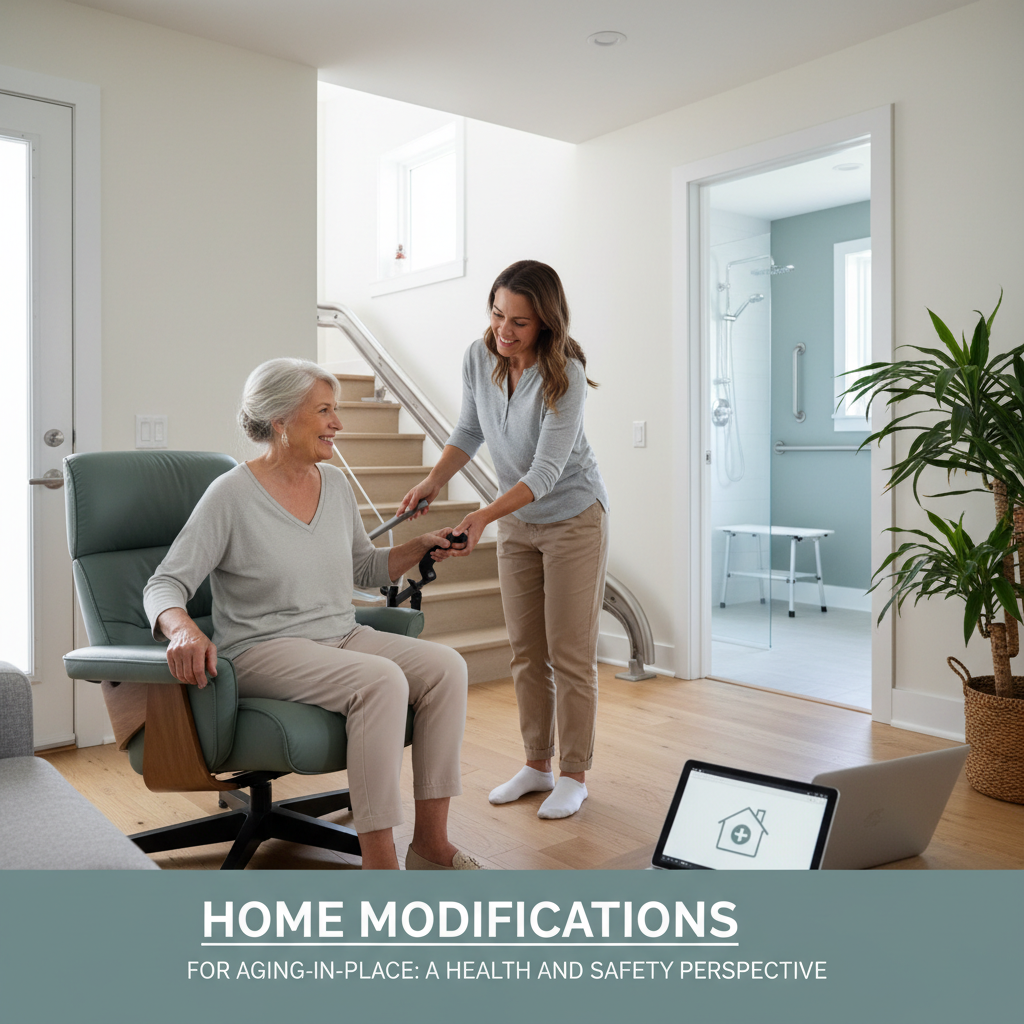
How do I prioritize which modifications to do first?
Start with a quick safety audit: where do near-misses or stiffness cause the most trouble? Prioritize modifications that reduce fall risk, then accessibility, then comfort. If you're in doubt, book an assessment with an occupational therapist (we can help coordinate one) and get a written plan with immediate fixes and long-term steps.
Who should I hire to make these changes?
Hire licensed contractors for structural work, plumbers for bath conversions, electricians for lighting, and an occupational therapist for placement and mobility advice. Look for contractors with aging-in-place credentials or reviews mentioning senior living projects. If this feels overwhelming, our team can manage estimates and coordinate professionals so you stay focused on safe, healthy aging.
